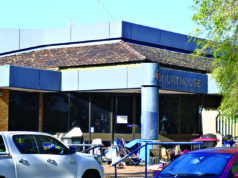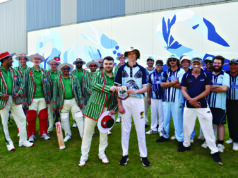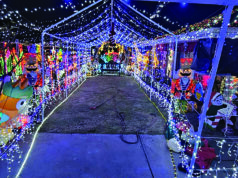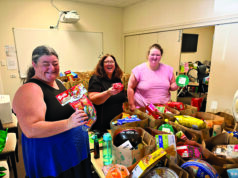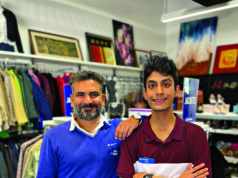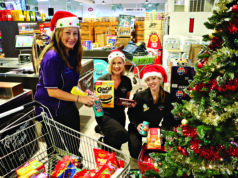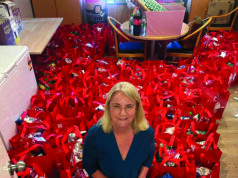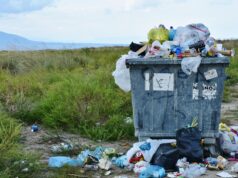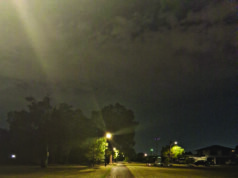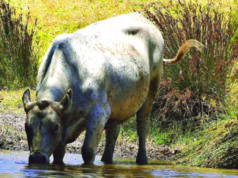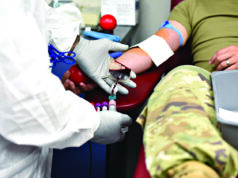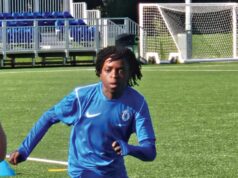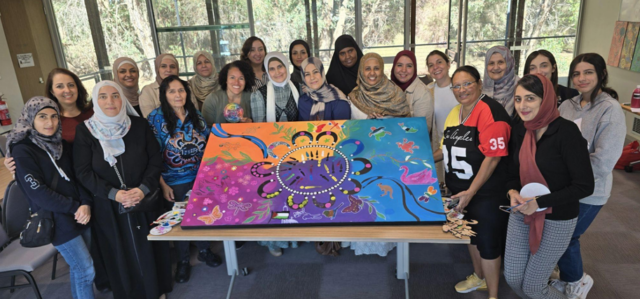
By Razanne Al-Abdeli
Refugees from Gaza arriving in the City of Canning have been relieved to find safety in their new home.
However, Department of Home Affairs community liaison officer Julide said making a home in a new country can lead to other welfare concerns.
“Isolation is a big issue. It impacts mental health,” she said.
A program which pairs refugees with the local Indigenous community is helping them to find connection in their new home.
“It’s so important they have these activities and projects to counter the isolation,” Julide said.
The project is called Harmony through Heritage and has been organised by City of Canning cultural ambassador Haneen Shehadeh.
It saw more than 20 refugee women from mostly Gaza coming together over morning tea last week at the Canning River Eco Education Centre.
Whadjuk Noongar and Yamatji Baminia Elder Catherine Bynder led the activity, showing the women how to use their thumbs to create silhouettes of themselves in the centre of the mural. She says she has found connection between the two communities in their struggles, describing the women as resilient.
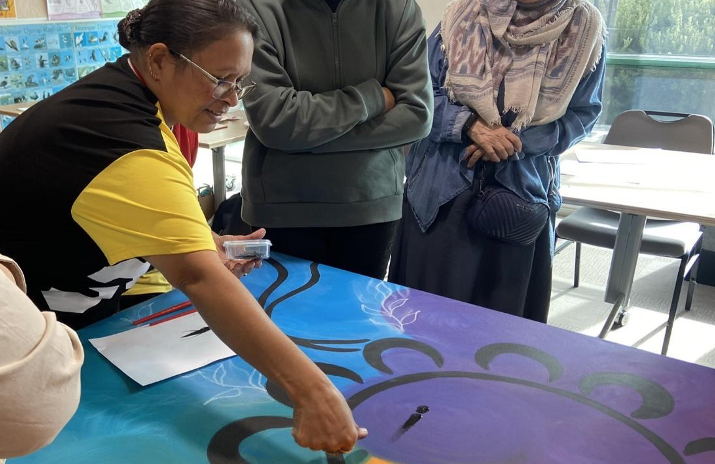
City of Canning activation coordinator Kelly Harding said women especially tend to find isolation difficult.
Ms Harding believes connecting refugees from Gaza in the City of Canning with the Indigenous community may help foster a sense of home in shared values concerning family, community and expression of heritage.
“There does seem to be a real need to come together and share stories, and especially with what is happening in Palestine, in Gaza. To have some healing spaces –it’s really important we have that,” she said.
Participant Nisreen Ziada said the event has brought her a newfound sense of happiness and healing.

“Today was the first time I met someone else from Gaza here, the first time I see the beauty in drawing connections between Indigenous and Palestinian art. I am really happy,” she said.
For others, like Samiha, seeing her newly-arrived family finding a sense of community was healing in itself.
“I really felt like this is a space I can bring my family that just arrived from Gaza, to come here and experience Indigenous culture and art and meet with Indigenous people,” she said.
Since arriving from Gaza, Samiha says all her mother-in-law wants to do is ‘tatreez’ – traditional Palestinian cross-stitching.
Samiha also hopes events like these will help Palestinians feel more connected within the wider Australian community.
“People seem to be cautious when meeting Palestinian people. But that is because people have not experienced the amount of trauma Palestinians have experienced. It can tear your community. It can create this fissure,” she said.
Prior to the current violence in Gaza, a 2022 report by Save the Children found 80 percent of Gazan children presented with emotional distress – with half expressing suicidal thoughts. Local organisers hope building community may assist with the healing required for Palestinian refugees.
The completed mural will be hung up later this month at the Muslim Women’s Support Centre in Bentley for public viewing.


